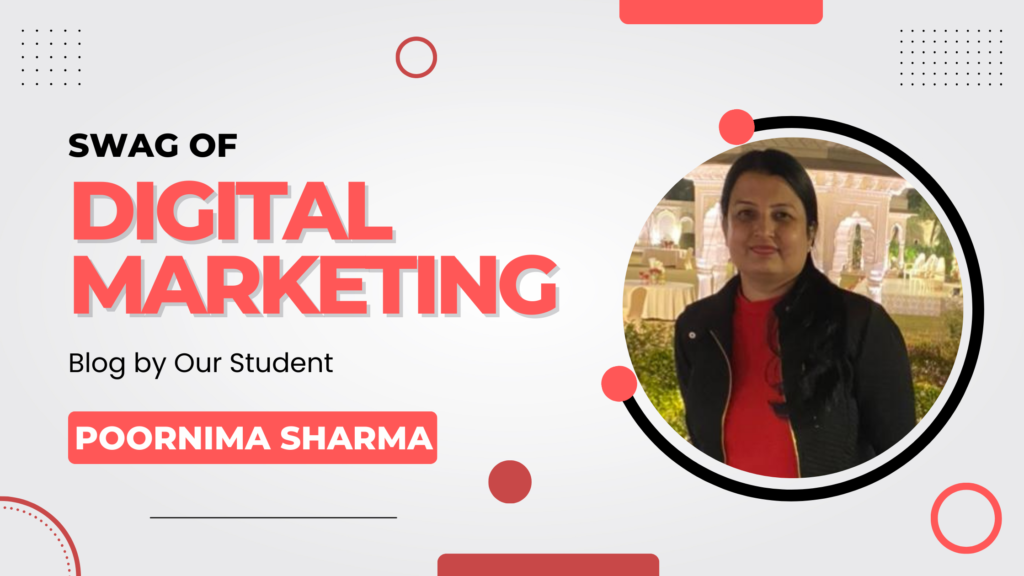What is SEO?
Search Engine Optimization (SEO) is a process of making your website’s Search Engine compliance so its visibility can be improved in SERP. With the help of this practice, a website can rank higher in the Search Engine. As per the current scenario, SEO is very important for every website as organic traffic is a basic need for generating quality leads. If your business depends on digital marketing then SEO is the main pillar to not only generating traffic but getting good quality leads as well.
As time is passing SEO becoming more challenging for every digital marketer because every person wants to rank their website higher in the SERP. So, we should be well focused while doing SEO of any website. As we all know, Google has many algorithms and updates to control the SERP’s results so, we should be well aware of the process of doing SEO because any wrong activity can affect your website’s performance in terms of ranking in SERP. Here in this blog, we are sharing some details knowledge about the process of doing SEO.
Strategic Types of SEO
Strategically, SEO can be divided into two types:
On-Page SEO:
On-page SEO is a procedure that helps in optimizing all the elements of a website. It is all about creating content that will help you rank higher in the search engines. There are several elements that take place in on-page SEO like inserting keywords on your pages and content, generating high-quality content on a regular basis, ensuring that your metatags and titles contain relevant keywords, and so on.
- Content: Search engines rely on content to index your sites correctly and help you rise in the ranks. Without appropriate content, it would be hard to rank your website on SERP. Written information, photos, video, and audio are all forms of content that may be shown on a website. Blog posts, Articles, Case studies, Copywriting, etc. are some examples of written content. Google and other search engines seek to provide users with search results that are both useful and relevant. Consequently, a primary objective of SEO content for Google is to recognize its value, and relevance as well as place it on the top page of results (SERPs).
- Title Tag & Meta Description: A direct on-page SEO ranking criteria is the title tag, although meta descriptions are not considered to be one. The title and the Meta description have a major impact on SEO practices that a user will actually select a listing from the list of search results and click on it. In this process, the Click-Through Rate (CTR) is increased when both the title and the Meta description are optimized, which indicates that you receive a greater volume of traffic as a result. The most important thing to keep in mind is to limit the number of characters in the title to between 55 and 60, and the number of characters in the Meta description to 155.
- Keyword Research and Selection: Conducting research on potential keywords has to be the very first step in your SEO journey. It is very useful in two typical circumstances, namely getting to know your audience and finding fresh content ideas. Both of these scenarios are rather prevalent. There are various motivations for conducting keyword research, but two basic motivations are, to rank higher on Google and to provide content that is relevant. The information that can be gathered from people’s keyword searches may frequently serve as a facilitator for new ideas by revealing precisely what it is that individuals are interested in learning.
- Internal linking: Google comprehends the relationship between pages on your site, in which internal linking is analyzed as an important component of on-page search engine optimization (SEO). The context and relevancy of your content, in addition to the extent of your coverage of a subject, are all strengthened by a comprehensive internal linking system. They facilitate the finding of extra material on your websites, such as further blog articles or an informative case study.
- External linking: External links are not directly considered ranking criteria, and linking out to reputable websites will not improve the on-page SEO rankings of your page. However, providing citations and links to your sources helps develop confidence, which is essential for consumers. Consequently, it is recommended that external links be included wherever they are required, particularly when quoting someone else or referring to a statistic.
- Structure of URL: The acronym for “Uniform Resource Locator” is “URL.” Utilizing URLs that are helpful to search engine optimization is recommended as the best practice since they assist in comprehending the content of the webpage. So, it can say that your website’s URL structure might affect its SEO if it does not manage appropriately and as a result, it could lead it to fall farther down search engine results pages (SERPs).
- Header tags: SEO benefits from the use of numerous header tags such as H1, H2, H3, etc. The first and foremost thing is, that it greatly facilitates the reading of your material by your audience. The practice of many headers improves the overall user experience by allowing readers to easily comprehend the material. Moreover, it is essential to utilize your primary term in one or two H2 headers when creating your headers. If it is needed for your website, repeat the primary term in the H3 or other headers if it makes sense.
- Sitemaps: Users and search engines similarly benefit from the process of having access to a site’s structure through the usage of a sitemap, which is a method of website organization. Most of the websites might significantly increase the number of keywords it ranks for, as well as the volume of traffic and authority it commands if they had a sitemap. The major benefit of this process is, that the ranking of a website would be improved for each individual location. There are two types of sitemaps:
- HTML Sitemaps: This is for humans
- XML Sitemaps: This is for crawlers
Off-Page SEO:
Making backlinks is an example of off-page SEO, which refers to the optimization that takes place away from your website itself. In this aspect of the equation, you will need to cultivate relationships and provide content that individuals want to share. Although it requires a significant amount of manual processing, which is essential to the success of SEO.
- Link building: Website authority is represented by backlinks. Link building is a common term used to describe off-page SEO. Getting other websites to connect to yours is known as link building. The term “external link building” refers to the same thing. You can have excellent content and an SEO-optimized website, but the final component of your SEO is building authority through the acquisition of high-quality backlinks. Content is king when it comes to attracting links. Having high-quality content helps you to optimize it for relevant keywords and rank higher in search results. Having high-quality content encourages other websites to link back to your site as part of an off-page SEO strategy. Techniques of link building – Profile Linking, Bookmarking, Document Sharing, Classified, Business Listing, PPT Sharing, Directory Submission, Video Sharing, Infographic, Podcast Submissions, Article/ Blogs.
- Guest blogging: Posting as a guest on other people’s blogs is definitely the most popular method of gaining links. It is pretty easy and scalable. In addition to the other aspects of marketing that need to be taken into consideration one of the most important ranking factors on Google links, and search engine optimization (SEO) is guest blogging. This is an excellent opportunity to obtain a link back from another website. The idea behind guest blogging is a straightforward one: in exchange for writing a blog post that is tailored to the specifications of a certain blogger, you are given a hyperlink to your website.
Search Engine Function
- Crawling: in this process, Google’s bots are used by search engines to crawl websites, copy all of the material on those websites, and save it in the search engine’s index.
- Indexing: Indexing is the process that Google uses to include websites in its search results. If a search engine’s index does not include your website, then it will not be possible for anybody to find your identity by using the search engine.
- Ranking: When you put something into Google, the search results will display the websites that are determined to be the most relevant, based on the index. These findings are dependent on a variety of factors like the location of the user, the language they speak, their level of experience, and more.
- Results: Following the submission of a search query by a user. The search engine will investigate the index and get the most relevant results. A search engine results page, or SERP, is the list of the results.
SEO Types
SEO can be divided into some specific types such as:
- Black Hat: The black hat practices under Search engine optimization (SEO) refer to a group of unethical techniques that are used to increase the ranks of a website. By using these strategies, you could find yourself at the top of the search results in a short amount of time; but, search engines are likely to prohibit or punish the website at some point in the not too distant future.
- White Hat: White hat SEO, on the other hand, refers to all of the standard SEO tactics that adhere to predetermined standards and norms. Effective optimization, high-quality content, and an emphasis on the end-user are the cornerstones of this long-term approach. While SEO professionals agree that “white hat” is the way to go, there are varying viewpoints on the legitimacy of various link development strategies including link purchase or link buying.
Above-determined SEO strategies and secrets will assist you in Knock-Out Your Competitor easily. Thus, it is required for you to cheery-pick one specific strategy so that you can rank higher easily on Google SERP.
SEO Marketing Basics
- Site architecture: The architecture of your website refers to the pages of your website organized in a hierarchical order. The internal connecting displays of site structure should be in a clear and concise manner. A basic motive of effective site architecture is to make your website easy to access so that users should be able to willingly access the information they need. Thus, the structure of your website should assist search engine crawlers to comprehend the relationship between the various pages. It is preferable for search engine optimization (SEO) to have a flat site layout because it helps to limit the number of clicks that are needed to go from the home page to the key information. The three-click rule states that users and search engine crawlers should be able to visit any page on your site in three clicks or less if the architecture of your website is flat. In addition, it is needed to maintain the content of a website in a straightforward manner that is arranged in a logical hierarchy which is essential to create an effective site architecture.
- Trust: SEO is the best way to obtain more targeted traffic on your website and, ultimately, more customers for your business. Searchers are more likely to trust a site with a high ranking in the SERP. Search engine optimization stands on eight trust-building pillars that are Clarity, Character, Commitment, Compassion, Contribution, Competency, Contribution, and Consistency. So, while determining the domain trust, both the quality of the links and the content itself are taken into account.
- Site Speed: Search Engine Journal conducted an in-depth examination that how much time it will take to load a page that may affect SEO and found that the time it takes for a page to load is used as a ranking factor in search results. However, the minimum speed requirements that your website must fulfill are always subject to change. If your website takes a long time to load, not only will your visitors be annoyed and leave, but your search ranking will suffer as well.
- Online Visibility: The technique of increasing the visibility of a website in search engines through the use of organic search results is referred to as search engine optimization. Finding out which terms and phrases your audience uses to look for products and services is an important part of search engine optimization (SEO), as is determining where your own work ranks in the results of such searches.
- EAT: The E-A-T signals are analyzed by Google’s Quality Raters; these guidelines may be found on Google’s EAT page. Develop material that not only demonstrates a degree of expertise on a subject but also displays a reputation as a leading source of information about that subject.
With such basics, it is needed to keep updated with Effective SEO Secrets Which Are Fading With Time. These practices will allow you to optimize new ideas and implement them in your website SEO strategies.
SEO Tools
Unpaid Tools
- Google Trends: The basic use of this tool is to determine your most relevant and real-time searches from Google. This tool investigates untapped possibilities that might provide a big keyword landscape for your website. It is not possible to get detailed information on Google Trends but you will get the most relevant and useful information from this.
- Google Analytics: By using Google Analytics, you can track your website’s performance so that you can improve its SEO as well as marketing efforts. In simple words, it can say that Google Analytics helps users to identify the pattern of the market, trends, and how visitors engage with the website. The features of Google Analytics enable the gathering of data, analysis, visualization, monitoring, reporting, and its complete integration.
- Google Search Console: Google Search Console helps in maintaining and monitoring the presence of your website in google search results. It is a strong SEO tool that is completely free to use. But most users never use it for more than checking metrics like clicks and impressions. The primary goal of Google Search Console is to assist its users in increasing their site’s visibility and presence on search engine results pages.
- Internet Marketing Ninjas: Internet Marketing Ninjas is a search engine optimization (SEO) firm that offers a number of free tools for evaluating your website’s performance against its potential rivals, optimizing keywords of the webpage, and creating relevant Meta tags.
- Seolyzer: Seolyzer delivers SEO-based log analysis solutions. KPI tracking and data transfer are just a few of the features of this tool. Moreover, page speed and redirection errors are also encountered by this program.
- SEOquake: SEOquake is a free plugin that gives you easy access to webpage analytics. With the help of this tool, you can easily get the organic search data of a website. This is an easy-to-use plugin that enables you to access complete SEO metrics on a single page.
- Check My Links: It is possible to check the functionality of your links on both internal and external websites by installing the Check My Links extension. This extension enables you to identify and solve the problem of broken links on your website. Check My Links is the best free online Link Analyzer that you can use for SEO purposes.
Paid Tools
- Ahrefs: Ahrefs provides you with all of the necessary tools to investigate and expand your web presence right out of the box. With over 295 billion indexed pages and more than 16 trillion backlinks, Ahrefs has the biggest backlink index of all the leading SEO tools. When you try to focus on an improved keywords explorer, competitor analysis, keyword research, tool for a site audit, and link building, Ahrefs may be the tool you need to consider initially.
- SEMrush: The SEO toolbox provided by SEMrush enables you to evaluate how well your pages perform in comparison to those of your competitors and determine where you are in the rankings. Using traffic analytics, you may determine the primary sources of web traffic that are driving your rivals’ website traffic, such as their most popular referring sites. SEMrush gives you the ability to go into complete details of how your site performs in comparison to your rivals in terms of average session time and bounce rates.
- Screaming Frog SEO Spider: The crawler of Screaming Frog SEO Spider aids you to enhance on-page SEO ranking by collecting data and by auditing for the most common SEO aspects. This tool streamlines and simplifies a procedure that would normally take a significant amount of time, particularly for bigger websites. The program known as Screaming Frog SEO Spider is relied on hundreds of search engine optimizers and SEO companies all over the world for conducting technical SEO audits. This software gives you the ability to swiftly examine or assess a website from an onsite SEO point of view.
- Answer The Public: By using a search cloud, the keyword tool “Answer The Public” determines the complete answer to a user’s search queries. The format of this tool is very engaging and consists answer of questions in 5 categories such as ‘how’, ‘can’, ‘are’, ‘which’, and ‘will’. This tool is beneficial for content creation specifically.
- Moz Pro: Moz Pro is a platform of SEO tools that help you in enhance traffic, ranks, and exposure across search engine results. The Moz Pro bots may be used to do an internal audit of your site, which should determine any possible problems and provide recommendations for the next steps.
- SpyFu: SpyFu effectively allows you to keep an eye on your competition by determining the keywords that your competitors are currently using to derive the greatest traffic. Using Google AdWords, SpyFu, collects data from the internet in order to determine the terms that businesses and websites are bidding on. This tool assists in improving the performance of a website in an online search.
- HubSpot SEO Marketing Software: HubSpot’s marketing tool determines you most relevant SEO topics through which you can rank, and provides you advice for improvement by analyzing your site. The page editor in HubSpot includes the most relevant SEO tips. This software assists to streamline the process of marketing by bringing all your data, tools, and techniques together.





